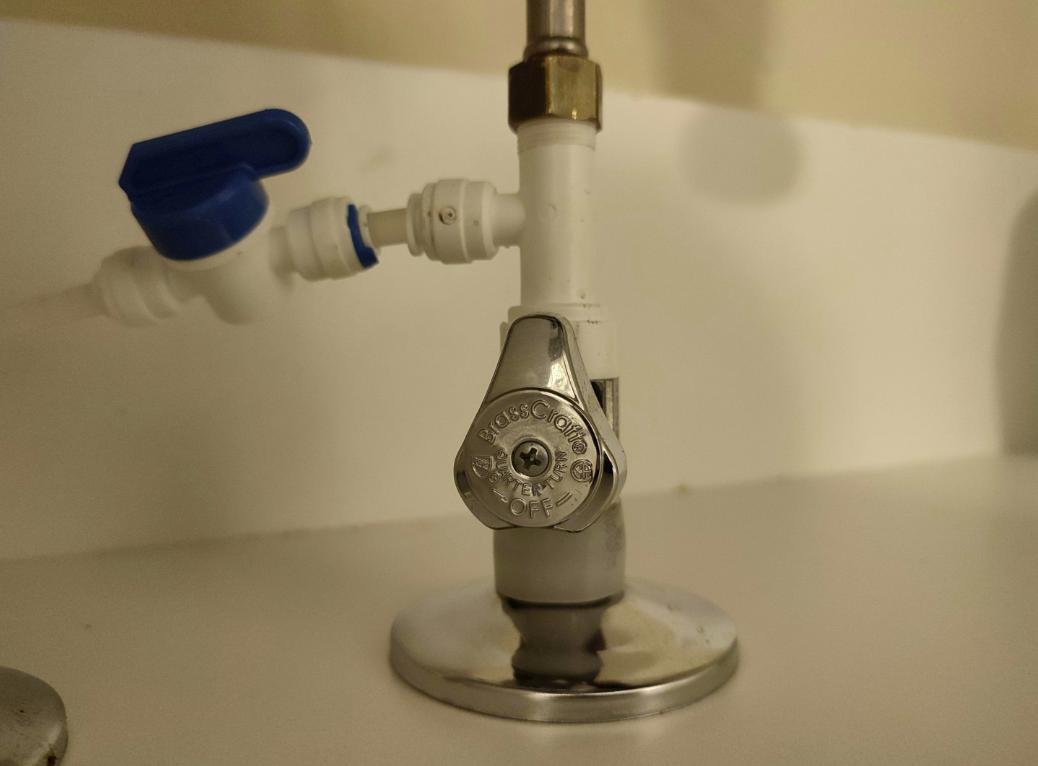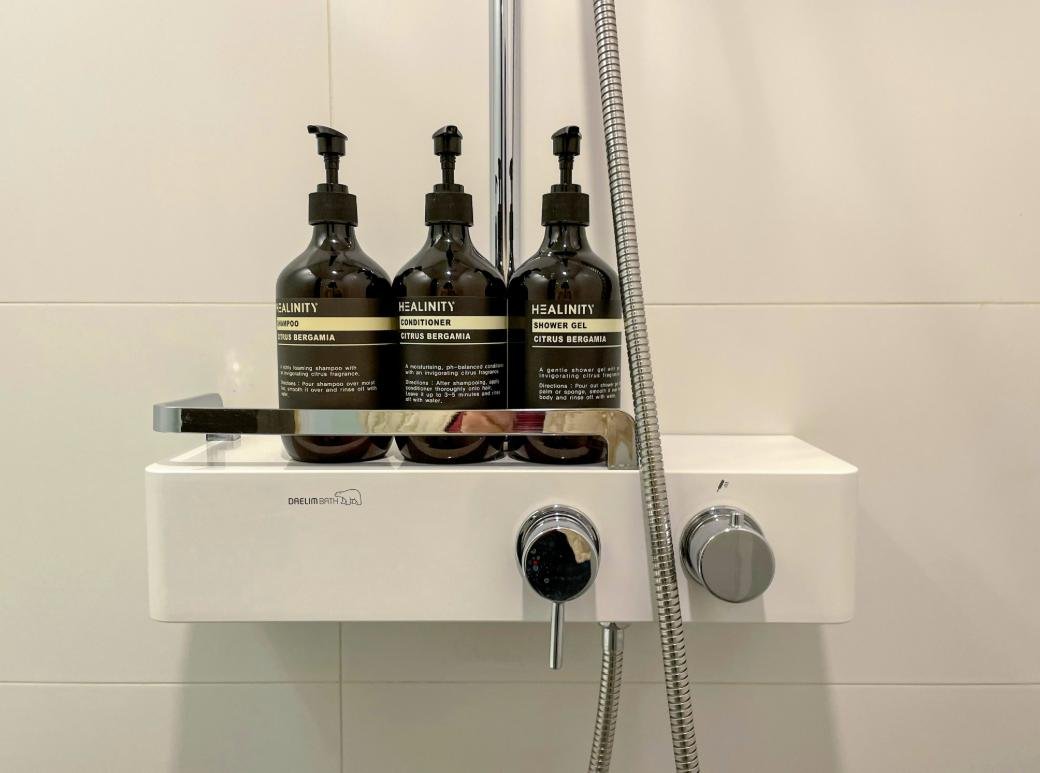Understanding the Function of a Toilet Fill Valve
The toilet fill valve serves a crucial role in the overall functioning of a toilet. After a flush, the tank requires a specific amount of water to refill to ensure optimal performance. The fill valve, also referred to as a ballcock, is responsible for controlling the flow of water into the toilet’s tank, ensuring that it fills to a predetermined level. This device is typically located at the side or the bottom of the tank and operates through a float mechanism that triggers the valve to open or close based on the water level.
Once the flushing process occurs, the toilet bowl empties, and the water level in the tank decreases. As this happens, the float attached to the fill valve descends. When the float reaches a certain low point, it signals the fill valve to open, allowing water to flow from the supply line into the tank. As the tank fills, the float gradually rises, eventually reaching the cut-off level where the fill valve closes, halting the water flow. This automatic regulation is vital not only for efficient toilet operation but also for preventing overflow, which can cause water damage and increase utility bills.
The importance of the toilet fill valve cannot be overstated. It ensures that the toilet has enough water to perform an adequate flush while maintaining the correct water level within the tank. A malfunctioning fill valve can lead to issues such as running toilets, insufficient flushing power, or excessive water wastage. Understanding how the fill valve functions helps homeowners recognize symptoms of failure, allowing for timely replacements and repairs. Properly maintaining this component is essential for the longevity and efficiency of the toilet system, thus promoting optimal hygiene and water conservation.
Signs That You Need to Replace Your Toilet Fill Valve
Toilet fill valves play a crucial role in maintaining the proper functioning of your toilet. When these components begin to fail, it can lead to various issues that signify the need for a replacement. Identifying the symptoms early can prevent further complications and save you both water and money.
One of the most common signs of a malfunctioning fill valve is constant running water. If you notice that your toilet keeps running even after it has completed a flush, this could indicate that the fill valve is not shutting off properly. The continual flow of water not only creates an irritating sound, but it also wastes a significant amount of water over time, leading to higher utility bills.
Another symptom that may suggest a failing fill valve is slow tank filling. If you find that your toilet tank takes longer than usual to refill after a flush, it might be due to a clogged or malfunctioning fill valve. This issue can disrupt your daily routine and indicate that it is time for a replacement.
Leaks are also a clear indication that your toilet fill valve is experiencing problems. If you notice water pooling around the base of your toilet or dampness on the floor, this could be a sign of a leak either from the valve itself or the connections to the tank. A persistent leak not only poses a risk of water damage but also suggests that the valve may need replacing to prevent further issues.
Finally, odd noises during the filling process can imply that your fill valve is not functioning correctly. Sounds such as banging, hissing, or gurgling can indicate air trapped in the valve or faulty mechanisms. Recognizing these signs will help you determine whether you should consider replacing your toilet fill valve. Each symptom is a red flag that should not be ignored, as taking action promptly can avoid more extensive problems in the future.
Factors to Consider When Selecting a Replacement Fill Valve
When selecting a toilet fill valve replacement, it is imperative to consider several critical factors that ensure proper functionality and compatibility with your existing toilet setup. The first aspect to evaluate is the type of valve that best suits your needs. The most common types include the float cup valve, which adjusts water levels using a floating mechanism, and the piston fill valve, known for its effective water flow and ease of maintenance. Understanding the differences between these float styles can help you make an informed choice that aligns with your specific requirements.
Another substantial factor is the size compatibility of the fill valve with your toilet tank. Fill valves come in various sizes, so it is essential to measure the height and diameter of your current valve before making a purchase. Ensure that the replacement fill valve fits securely in the toilet tank to avoid leaks or improper functioning. Additionally, check if the valve configuration aligns with any brand-specific requirements, as some toilet manufacturers may have unique specifications.
Water pressure is another crucial parameter to take into account. If your home experiences varying water pressure levels, opt for a fill valve designed to handle these fluctuations effectively, ensuring a consistent refill rate. Some fill valves come with adjustable settings that can accommodate both high and low pressure, thus providing greater versatility.
Lastly, personal preferences regarding features such as noise reduction should also play a role in your decision-making process. Many modern fill valves incorporate sound-dampening technology that minimizes the noise during the filling process, ensuring a more pleasant bathroom experience. Ease of installation is another factor; selecting a valve that is simple to install can save you time and reduce the need for professional assistance. All these considerations collectively contribute to a successful replacement fill valve installation and optimal toilet performance.
Types of Toilet Fill Valves Available
When it comes to toilet fill valve replacements, understanding the various types available is crucial in selecting the right one for your needs. The most common types include traditional ballcock valves, float-cup valves, and more modern dual flush valves, each with its own set of advantages and disadvantages.
The traditional ballcock valve is perhaps the most recognizable type. Comprising a long arm and a large ball, it rises with the water level to shut off the water flow. This type is known for its durability and effectiveness. However, one of its drawbacks is that it can be somewhat slower to refill the tank compared to newer designs, often leading to longer wait times between flushes.
Next, the float-cup valve has gained popularity due to its more compact design. Instead of a float ball on an arm, it features a floating cup that adjusts along a vertical rod. This design allows for quicker refill times and decreased water wastage, making it more efficient compared to traditional models. However, some users may find this design less reliable in the long term, as small parts can wear down more quickly.
Lastly, dual flush valves offer a more environmentally friendly option. This type allows users to select between a full and a half flush, significantly reducing water usage for liquid waste. While this could lead to significant savings on water bills, the installation can be more complex, and it may not be compatible with all toilet models. To make an informed decision on a fill valve replacement, it is essential to weigh the individual strengths and weaknesses of each type against your personal needs and preferences.
Comparing Popular Fill Valve Brands
When considering a toilet fill valve replacement, understanding the key brands available in the market is essential for making an informed decision. Several brands stand out due to their reputation for reliability, warranty options, and positive user reviews, making them worthy of comparison.
One of the most recognized names in the industry is Kohler. Their fill valves are praised for their robust construction and efficient operation. Kohler offers a limited lifetime warranty, which showcases their commitment to quality. User reviews frequently highlight the ease of installation and minimal maintenance required. The solid brass components contribute to a longer lifespan compared to many competitors.
Next, we have the Fluidmaster brand, which is often recommended for its affordability without sacrificing performance. Fluidmaster fill valves are designed to fit a wide range of toilet models, making them highly versatile. The company typically offers a five-year warranty on their products, which reassures consumers of their durability. User feedback emphasizes the quiet operation of Fluidmaster valves, which is an essential factor for many homeowners.
Lastly, there’s the American Standard brand, known for its high-quality toilet components. Their fill valves are engineered for reliability and come with a limited lifetime warranty, demonstrating confidence in product longevity. Consumer reviews often mention the straightforward installation process and compatibility with various toilet makes. Additionally, many users appreciate the modern design of American Standard’s products, which simplifies maintenance.
Taking these factors into account can significantly influence your choice. By evaluating the reliability, warranty options, and customer feedback for each brand, you can make a more informed decision when selecting the best toilet fill valve replacement for your needs.
Installation Process for a Toilet Fill Valve
Replacing a toilet fill valve can be a straightforward task that can save both time and money. With the right tools and a bit of guidance, homeowners can confidently navigate this installation process. Before beginning the replacement, it is essential to gather the necessary tools, which typically include an adjustable wrench, a flathead screwdriver, a bucket, and towels. Additionally, having a new toilet fill valve compatible with your toilet is crucial.
To start, turn off the water supply to the toilet, usually found behind the fixture. Flush the toilet to empty the tank, and use a bucket to remove any remaining water. Place towels around the base of the toilet to catch any spills during the installation. Next, disconnect the old fill valve by loosening the retaining nut located just beneath the tank. A flathead screwdriver may assist in prying off any stubborn components. Once disconnected, the old valve can be removed, allowing for the installation of the new unit.
Position the new toilet fill valve into the tank, ensuring it sits correctly according to the manufacturer’s guidelines. Secure it in place by tightening the retaining nut while being cautious not to overtighten, as this may crack the tank. Afterward, reconnect the water supply line to the fill valve, which often requires a gentle twist to ensure a proper seal.
Once everything is connected, turn the water supply back on slowly and observe as the tank fills. Check for any leaks around the connections, as this is a crucial step in ensuring the valve operates correctly. If no leaks are detected, test the flush to ensure the new toilet fill valve is functioning as it should. Completing these steps not only empowers homeowners to tackle future plumbing projects but also supports efficient water use within their households.
Maintenance Tips for Prolonging the Life of a Fill Valve
Regular maintenance is crucial for extending the lifespan of a toilet fill valve. A well-maintained fill valve can operate efficiently, saving you resources and preventing costly repairs. Start by scheduling routine inspections every few months to check for any signs of wear or malfunction. Look for leaks around the valve, unusual noises, or fluctuations in water flow, which may indicate that the valve requires attention. Addressing these issues proactively can prevent further complications.
Cleaning is another effective practice that contributes to the longevity of a fill valve. Over time, mineral deposits can accumulate and impair the valve’s functionality. Periodically flushing the system can help remove these buildups. To clean the fill valve, turn off the water supply and drain the tank. Carefully remove the valve according to the manufacturer’s guidelines, and clean any debris or deposits with a soft cloth or brush. Make sure to rinse it thoroughly before reinstallation to ensure optimal performance.
Additionally, it is advisable to troubleshoot minor issues before they escalate. For instance, if you notice the toilet fills slowly or takes longer than usual, check the supply line for blockages or kinks. If your fill valve starts to malfunction, inspect the float mechanism and adjust it as necessary to ensure proper operation. By keeping an eye on these components and addressing minor adjustments, you can maintain the efficiency of your toilet system.
Using quality replacement parts when necessary is also fundamental. Subpar components may lead to leaks or performance issues, prompting early failure of the fill valve. Choosing high-quality materials ensures sustained functionality and reliability over time. By following these maintenance tips, you can significantly prolong the life of your toilet fill valve, keeping your bathroom fixtures in optimal condition.
Common Mistakes to Avoid When Replacing a Fill Valve
Replacing a toilet fill valve is a task that many homeowners undertake, but it is not without its challenges. One of the most frequent mistakes made during this process is selecting the wrong size of the fill valve. Since toilets come in various designs and configurations, it is crucial to measure the existing valve or consult your toilet’s specifications before making a purchase. A valve that is too large or too small can lead to leaks and inefficient operation, which can cause further plumbing issues.
Another error that homeowners often commit is improper installation of the fill valve. It is essential to follow the manufacturer’s instructions meticulously. Neglecting to align the valve correctly or overtightening the connections can result in damage to the components, leading to the need for frequent repairs. Ensuring that the rubber washer is installed properly is equally important; if it is not aligned correctly, it could cause water to leak into the tank, preventing the toilet from functioning correctly.
Additionally, many individuals overlook the necessity of turning off the water supply before beginning the replacement. Failure to do so can lead to water spraying everywhere, creating a messy and hazardous situation. Never underestimate the importance of this initial step, as it not only protects your household from potential water damage but also provides a straightforward working environment.
Finally, some homeowners may skip the final step of testing the new fill valve. After installation, it is prudent to check for any leaks and to ensure that the valve functions as it should. Ignoring this critical step can lead to ongoing issues, prompting further repairs and wasted time. By being aware of these common mistakes and taking necessary precautions, homeowners can increase the efficiency and lifespan of their toilet’s fill valve.
Final Thoughts: Making the Right Choice
Choosing the best toilet fill valve replacement is crucial for maintaining the efficiency and functionality of your toilet. A well-functioning fill valve ensures that your toilet operates smoothly, minimizes water wastage, and helps avoid unnecessary repairs and expenses. It is imperative to consider several factors during this selection process, including compatibility, durability, and ease of installation. By assessing your toilet’s specific requirements and preferences, you can make an informed choice that meets your needs and enhances the overall performance of your plumbing system.
Additionally, regular maintenance of your toilet and its components, including the fill valve, plays a significant role in prolonging its lifespan. A fill valve that is routinely checked and cleaned can save you from potential issues down the line, such as leaks or backups. It is advisable to adopt a proactive approach by inspecting your toilet periodically and replacing the fill valve when necessary. This not only ensures optimal functioning but also contributes to water conservation, a critical aspect in today’s environmentally conscious society.
In light of these insights, we encourage readers to take action. Evaluate your current toilet fill valve and other related components to ascertain their condition. If you notice signs of wear or inefficiency, consider exploring available replacement options. By selecting the right fill valve and engaging in regular maintenance, you can preserve your toilet’s efficiency while also supporting sustainable water use. Remember, a small investment in the right fill valve can lead to long-term benefits, making your toilet a reliable fixture in your home.







